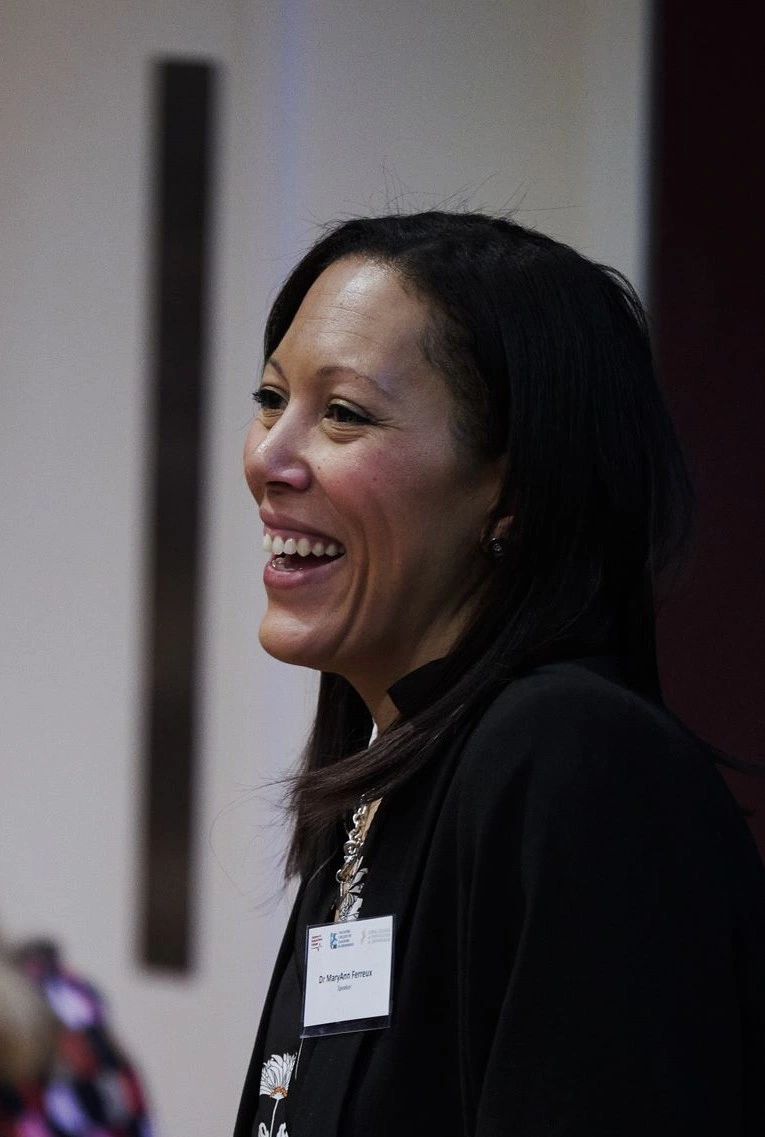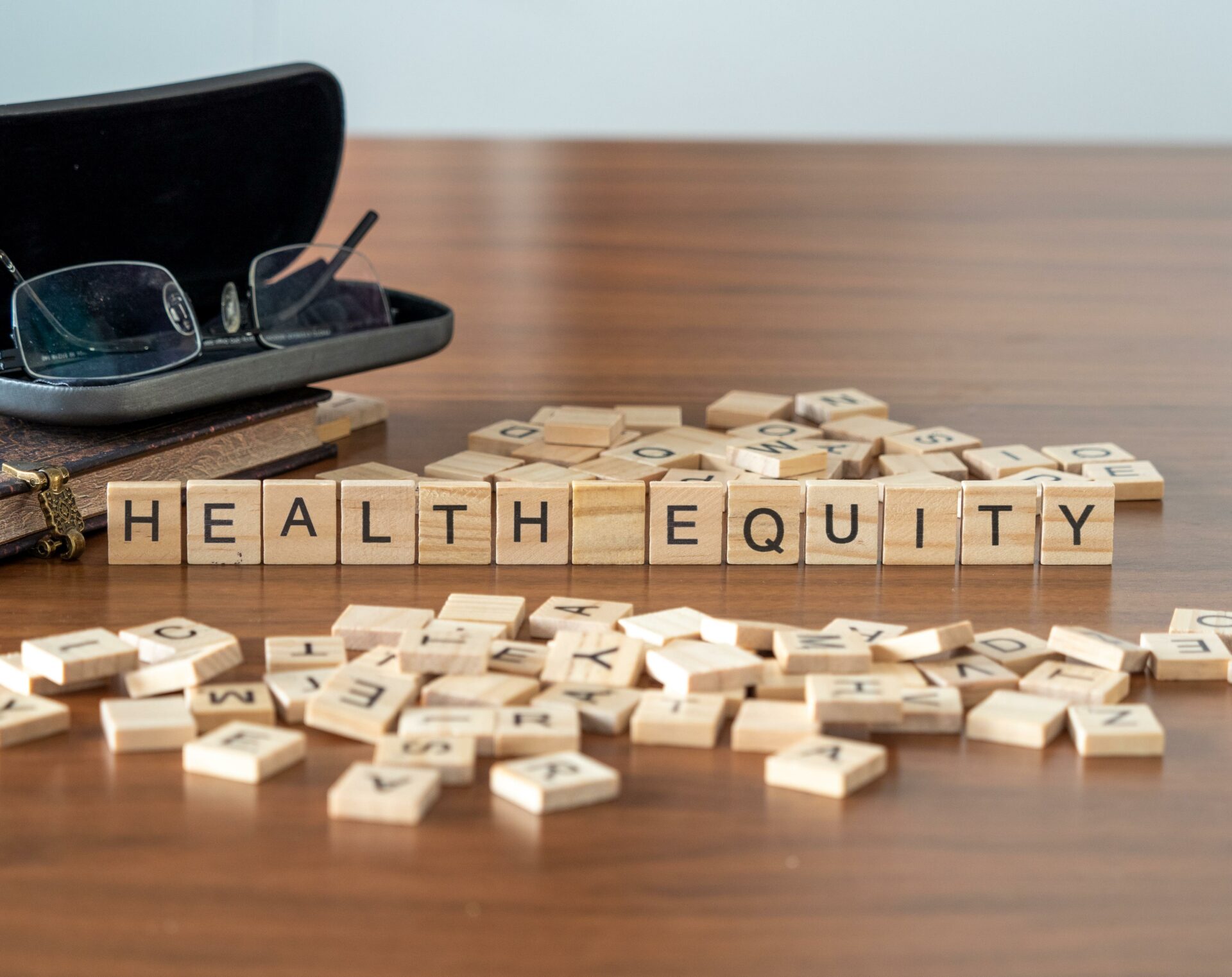Some people are more at risk than others of becoming unwell very quickly and developing a serious illness such as sepsis. This is known as ‘deterioration’ and it is important that anyone who cares for individuals who are at risk of deterioration knows how to spot the signs, especially during the current COVID-19 outbreak.
This film gives an introduction to sepsis and serious illness.
The film was produced by Wessex Academic Health Science Network, West of England Academic Health Science Network (AHSNs) and West Hampshire Clinical Commissioning Group (CCG), funded by Health Education England (HEE) and is part of a series of free videos and e-learning materials.
What tools are available?
Most tools for managing deterioration include some or all of these three elements:
- National Early Warning Score (NEWS): This simple scoring system is used by GPs, all ambulance services and most acute hospital trusts and is based on six common physiological measurements, such as blood pressure and respiratory rate.
- Soft signs: You may not be able to take the measurements required to complete a NEWS score, for instance if you work in a residential care home, or are a professional or family carer supporting someone in their own home. In these situations, you can still watch for early ‘soft signs’ to help you recognise physical deterioration and take the appropriate actions.
- Structured communication: SBARD is a tool to raise and communicate concerns in a structured way, to ensure people get the support they need quickly. Each tool includes a template based on the SBARD approach to help you do this. This short film explains more about structured communication and escalation.
Need more?
This article published by Oxford Academic looks at the feasibility of using NEWS in care homes in a clinical commissioniong group in the North East and North Coast AHSN area. A short report has also been produced by the North East Quality Observatory Service surveying the use of NEWS by GP practices within the AHSN area.
This white paper from Geoff Cooper at Wessex AHSN looks in more detail at using soft signs to identify deterioration, with case studies of recognising soft signs in practice.
The films on this page are part of an HEE e-learning package. To obtain a certificate of learning, it is recommended that you access the films as part of the full training on their e-Learning for Healthcare (e-LfH) hub.
Follow this link for more information on patient safety during COVID-19.

“Health equity is the attainment of the highest level of health for ALL people. Achieving health equity requires valuing everyone equally with focused and ongoing societal efforts to address avoidable inequalities, historical and contemporary injustices, and social determinants of health — and to eliminate disparities in health and health care.” (health.gov) Within the NHS there [...]

Sickle cell disease (SCD) is a serious and lifelong health condition. People with SCD produce unusually shaped red blood cells that can cause problems because they do not live as long as healthy blood cells and can block blood vessels. This can result in suffers experiencing painful episodes, called sickle cell crises, as well as anaemia, [...]

At the Royal Society of Medicine’s Tackling Inequalities conference it was clear from the passion in the room that great progress has been made across the system to better support some of our most under-served communities. To maintain this momentum, we must not just embed tackling health and healthcare inequalities in all that we do, [...]







